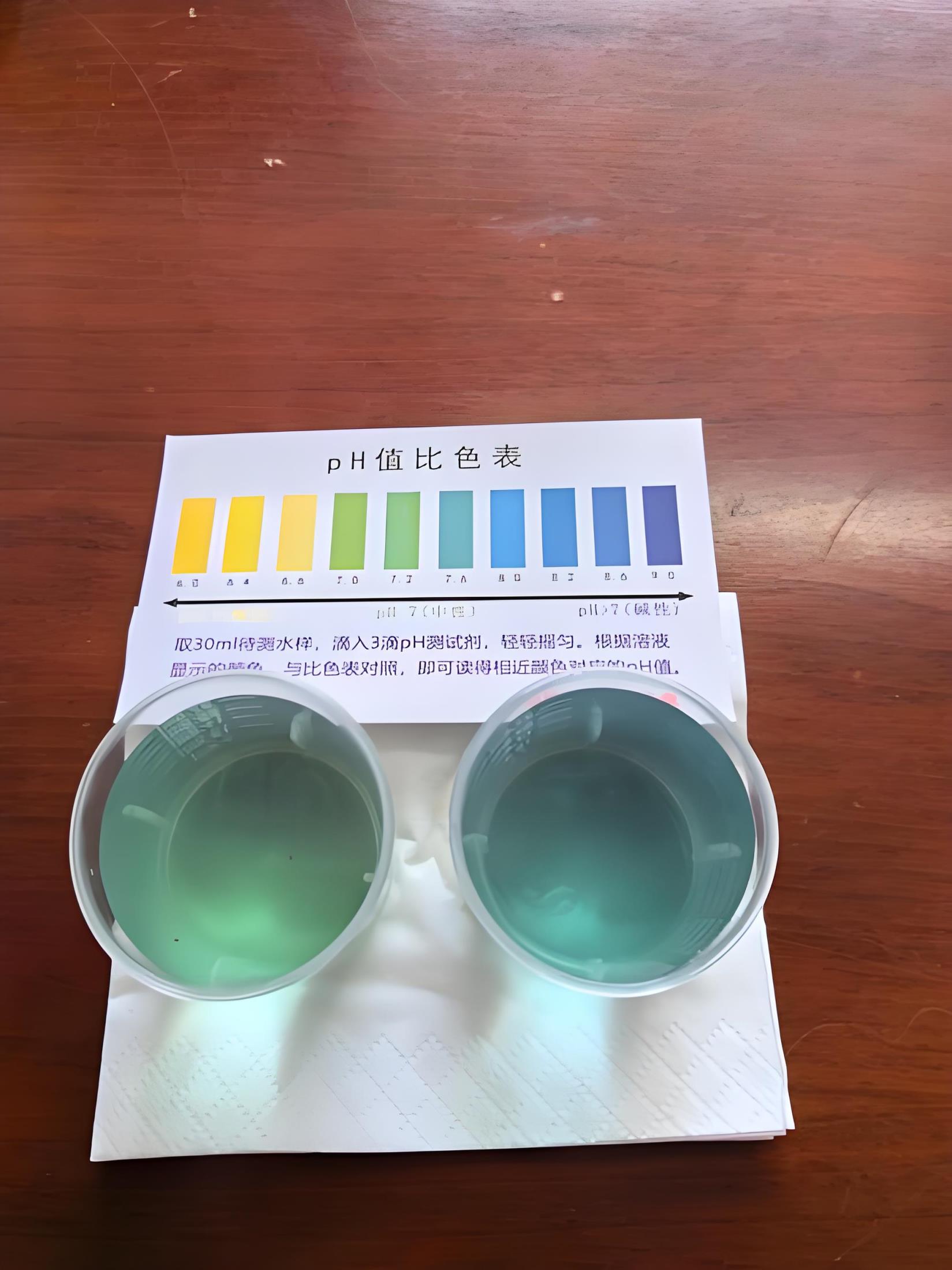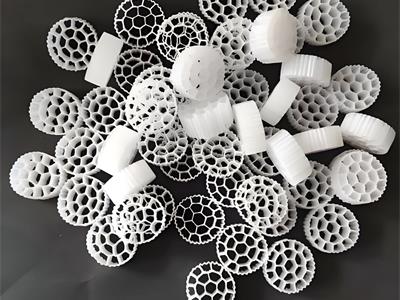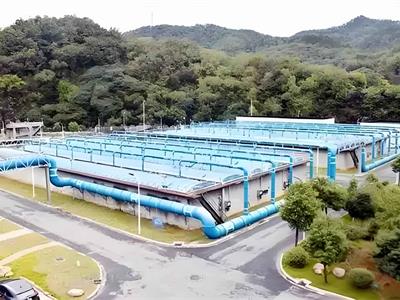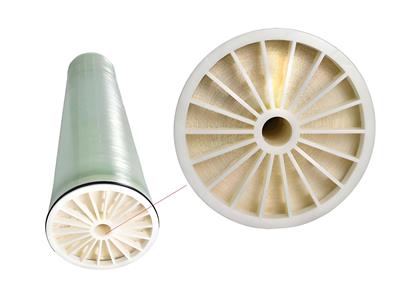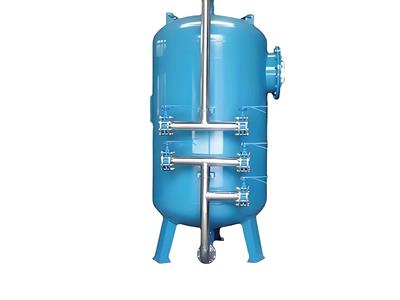- 2025-07-28
What is the pH value of deionized water?
Deionized water is a high-purity water widely used in laboratories, pharmaceuticals, microelectronics, power generation and other key industries. Measuring the pH value of deionized water is not only an indicator of its purity, but also plays a vital role in ensuring experimental accuracy, maintaining industrial process stability and ensuring strict product quality control.
What is deionized water? What is its pH value?
Deionized water is high-purity water produced by processes such as ion exchange, reverse osmosis or electrodialysis, which can remove almost all soluble ions such as calcium (Ca²⁺), magnesium (Mg²⁺), sodium (Na⁺) and chlorine (Cl⁻). According to the definition of the International Organization for Standardization, deionization refers to the complete or partial removal of ionic substances from water.
Acidic water is formed by an increase in the concentration of hydrogen ions and has a pH value of less than 7. Alkaline water has a higher concentration of hydroxide ions and a pH value greater than 7. Deionized water has extremely low conductivity, does not contain mineral salts and organic impurities, is generally neutral, and has a pH close to 7.0. In contrast, the pH of ordinary tap water is usually between 6.5 and 8.5, depending on the water source and treatment method.
Application of deionized water
Due to its excellent purity, deionized water is indispensable in high-precision applications such as laboratory solvents, semiconductor cleaning, power boiler feed water, and chemical treatment. As a key resource in modern industry, scientific research, and healthcare, the quality of deionized water directly affects technical accuracy, product reliability, and operational safety.
Electronic manufacturing industry: Semiconductors, integrated circuits, LCD production, etc. have extremely high requirements for water quality. Deionized water can avoid circuit short circuits or component corrosion caused by ion contamination, and ensure the yield rate of products.
Laboratory research: Deionized water as a solvent or cleaning agent can prevent impurities from interfering with experimental results. Experiments such as chromatography, cell culture, and PCR rely on it to ensure data accuracy.
Power industry: Used for high-pressure boiler feed water to prevent ion scaling from damaging equipment and improve thermal efficiency.
Drug preparations: The preparation of preparations such as injections and eye drops requires ion-free and pyrogen-free water. Deionized water is the basic raw material, and further purification can produce water for injection.
Characteristics of deionized water
Physical properties
Extremely low conductivity: At 25°C, the theoretical conductivity of pure water is 5.5×10⁻⁶ S/m (18.2 MΩ·cm). Deionized water is very close to this value, usually with a conductivity of less than 10 μS/cm, which is particularly suitable for applications with extremely low requirements for ion interference.
Reduced surface tension: Because it does not contain dissolved ions, the surface tension of deionized water is slightly lower than that of ordinary water. This feature improves the wetting and cleaning efficiency of deionized water in industrial and laboratory processes.
High resistivity: Resistivity is the reciprocal of conductivity and is a key indicator of water purity. Ultrapure deionized water can have a resistivity of up to 18.2 MΩ·cm, which is also a standard requirement in semiconductor manufacturing and precision electronics.
High sensitivity to gas absorption: Deionized water lacks buffer ions and readily absorbs atmospheric carbon dioxide, forming carbonic acid (H₂CO₃), which lowers the pH to 5.0 - 6.5. It also dissolves oxygen, which may interfere with redox-sensitive processes such as cell culture or electrochemical experiments.
Chemical properties
Extremely low ion content: Cations such as sodium, calcium, and magnesium, as well as anions such as chloride, sulfate, and nitrate, are removed to trace levels, typically as low as one part per billion or even lower. This makes this water suitable for trace element analysis and high-purity chemical experiments.
pH instability: Deionized water is theoretically neutral, but due to the absorption of carbon dioxide, the pH drops to 5.0 - 6.5 after exposure to air, making it slightly acidic. If stored in glass containers, trace leaching of sodium or silicates may occur, resulting in a pH slightly above 7.
Low total organic carbon (TOC): High-quality deionized water typically has a TOC of less than 10 ppb. Ultrapure water requires a TOC of less than 1 ppb to prevent interference with sensitive applications such as semiconductor manufacturing or biological research.
Highly reactive: Deionized water lacks buffer ions and is slightly corrosive, especially to metals. Prolonged contact can cause trace metals to dissolve, reducing the purity of the water.
Biological properties
Antibacterial but not sterile: The low nutrient environment of deionized water can inhibit microbial growth, but bacteria and endotoxins may still appear after long-term storage. Sterilization methods such as UV treatment or filtration are required to ensure that microorganisms are effectively controlled.
Not suitable for direct drinking: Long-term consumption of deionized water may cause mineral deficiencies because it lacks essential electrolytes and may leach trace minerals from the body.
How to test the pH of ordinary water?
Measuring the pH of water is a key step in evaluating its acidity and alkalinity, and is widely used in laboratories, industrial processes, environmental monitoring, and drinking water quality control. Here are some of the most commonly used measurement methods:
pH test paper method
The pH test paper method is one of the simplest and most practical methods for determining the pH value of water. The specific operation is to dip the test paper into the sample for 1-2 seconds, and then compare the color obtained with the standard colorimetric card to estimate the pH range.
The main advantages of this method are that it is easy to use, low cost, and does not require power, which is suitable for quick and rough measurements at home or outdoors. However, its disadvantages are that it has low accuracy and is easily interfered by colored water samples.
Digital pH meter method
A digital pH meter is a high-precision pH measurement instrument. Before use, the electrode must be calibrated with a standard buffer solution. After calibration, immerse the electrode in the water sample and record the reading after it stabilizes.
The main advantage of this method is that it is highly accurate and suitable for continuous monitoring. However, the electrode needs to be calibrated regularly and is prone to aging or contamination. This method is ideal for laboratories and industrial applications that require accurate pH measurements.
Colorimetry (Spectrophotometry)
The colorimetric method is to add a pH indicator (such as phenolphthalein or bromocresol green) to the water sample, and then use a spectrophotometer to measure the absorbance after color development. Finally, the pH value can be determined by comparing the measurement results with a standard calibration curve.
This method is particularly useful for turbid or colored water samples, where electrode measurements may not work well. However, this method requires specific reagents and is more complicated to operate, so it is mainly used in specialized water quality studies.
How to test the pH of deionized water?
Due to its high purity, deionized water presents some unique challenges when measuring pH. It absorbs carbon dioxide from the atmosphere and trace contaminants on the surface of the container, which usually results in a slightly acidic pH. In addition, the low ionic strength of ultrapure water can slow the electrode response, thereby increasing measurement errors. To address these issues, it is recommended to use a specialized low-impedance electrode and a controlled measurement technique:
Dynamic measurement method
The deionized water is allowed to flow through the flow cell at a constant low flow rate, while the pH electrode measures the pH in the flowing water stream. Data should be recorded after 5-10 minutes of stable flow conditions. This method minimizes carbon dioxide absorption and reduces electrode response time.
Static closed measurement method
Place the sample in an inert sealed container and insert the electrode for measurement. Gentle stirring can avoid air bubble interference. Stable readings are generally between pH 5.5 and 6.5, so this method is suitable for small-scale laboratory testing.
Online monitoring method
In industrial environments, online pH sensors with temperature compensation are often used for continuous monitoring. These sensors can be integrated with conductivity meters for real-time water quality assessment, which is ideal for production line process control and pure water systems.
FAQ
What is the pH value of distilled water? : Distilled water is obtained by heating, evaporation, and recondensation. In theory, it should be neutral with a pH value of 7.0. However, in actual use, due to the absorption of carbon dioxide in the air, trace amounts of carbonic acid will be formed, causing the pH value to drop, generally between 5.0 and 6.5.
What is the pH value of purified water? : The pH value of purified water is usually close to neutral, but it will vary slightly depending on the water source and treatment process. After distilled water, deionized water, reverse osmosis water, etc. are exposed to air, the pH value will be slightly acidic or alkaline, generally fluctuating between 5.0 and 7.5.
Water type: ideal pure water, distilled water, deionized water, RO water, commercial drinking pure water
Theoretical pH value: 7.0, 7.0, 7.0, 7.0, —
Common actual pH range: —, 5.5 - 6.5 (after exposure to air), 5.0 - 7.0, 6.0 - 7.5, 6.5 - 8.5
Main influencing factors: only H⁺ and OH⁻ ions reach equilibrium, CO₂ dissolves → carbonic acid (H₂CO₃), container extracts/air pollution, raw water composition/membrane filtration efficiency, artificial adjustment (addition of minerals)

